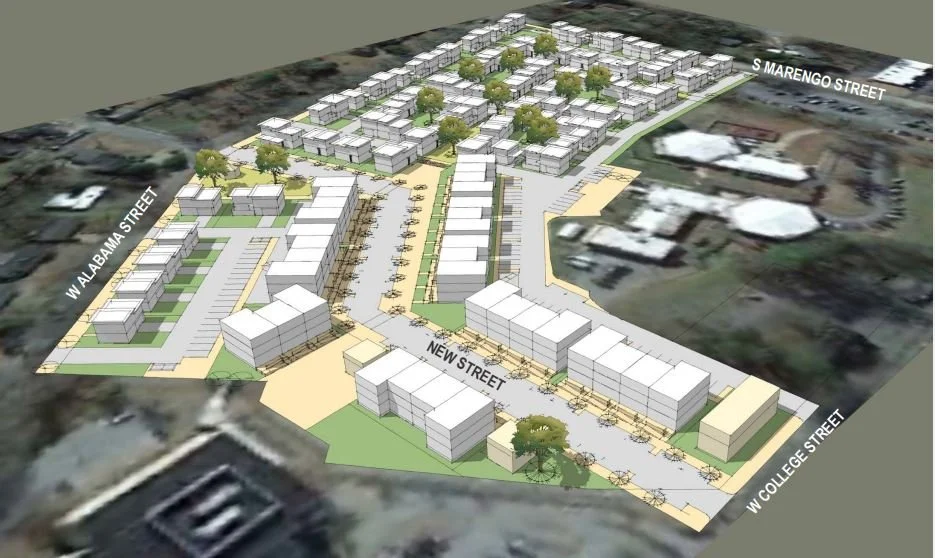West Village Neighborhood Principles
53% of Americans want to live in a walkable neighborhood, but only 8% currently do. Exacerbating this problem is that most housing built today completely ignores what people want. Below are the principles we’re using to create a walkable neighborhood that puts people first.
Ownership
What makes a neighborhood a neighborhood?
Most importantly is not allowing any sort of absentee landlords: they tend to detract rather than add, because their involvement in the neighborhood is only measured in dollars of rent.
2. Human-First Design
Finally, a great neighborhood has spaces that encourage people to sit, stay, and interact with each other.
These gathering spaces are the coffee shops, pubs, front yards, dog parks, living rooms, parks and plazas that connect people.
How we connect with those we live near is what defines our ability to endure and grow as a community. Where there is no connection between people, there is no community.
A well designed neighborhood makes these serendipitous interactions the default, rather than something that takes significant time and effort to plan.
The ultimate goal with human-first design is to create places described by the Danish architect Jan Gehl:
A good city is like a good party. People don’t want to leave early.

